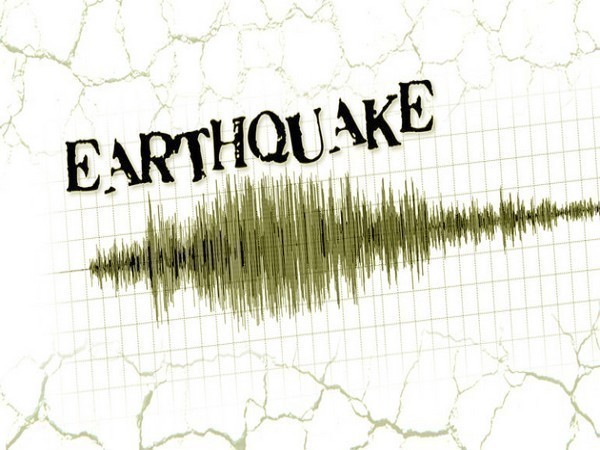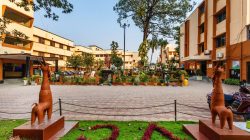Recent Earthquakes in Haryana and Their Impact on Delhi
On Friday, a minor earthquake with a magnitude of 3.7 struck the Jhajjhar district in Haryana, according to the National Centre for Seismology (NCS). The tremor occurred at 7:49 pm local time and was recorded at a depth of 10 kilometers. While the quake was not strong enough to cause significant damage, it was felt in parts of Delhi and surrounding areas.
This event follows another earthquake that took place just a day earlier, on Thursday morning, when a 4.4-magnitude tremor hit the same region. The earlier quake occurred at 9:04 am and also had a depth of 10 kilometers. The stronger tremors were widely felt across several cities, including Delhi, Noida, Gurugram, and Faridabad, prompting concerns among residents and authorities alike.
Both earthquakes highlight the seismic activity in the region, which has been under increased scrutiny due to its proximity to the national capital. The repeated occurrences have raised questions about the stability of the area and the potential risks associated with such events.
Understanding Seismic Zones and Risk Levels
Delhi is classified as part of Seismic Zone IV, as per the Delhi Disaster Management Authority. This classification places the city in a “High Damage Risk Zone,” indicating a higher likelihood of experiencing earthquakes with moderate to high intensity. The designation underscores the importance of preparedness and resilience measures to mitigate potential damage and ensure public safety.
Seismic Zone IV is one of the five zones used to categorize regions based on their vulnerability to earthquakes. These zones are determined by factors such as historical seismicity, geological characteristics, and the potential for future earthquakes. Areas in Zone IV are considered more prone to severe shaking during an earthquake, making them critical for disaster management planning.
Implications for Urban Planning and Safety
The recent earthquakes serve as a reminder of the need for robust infrastructure and emergency response systems. In densely populated urban centers like Delhi, even a minor tremor can lead to disruptions in daily life, including power outages, traffic congestion, and panic among the public.
Urban planners and policymakers must consider these seismic risks when designing buildings, roads, and other essential infrastructure. Retrofitting existing structures to meet modern safety standards is also crucial, especially in older parts of the city where construction may not have adhered to current seismic codes.
Moreover, public awareness campaigns play a vital role in ensuring that residents know how to respond during an earthquake. Simple measures such as securing heavy furniture, knowing safe places to take shelter, and having an emergency kit can significantly reduce the risk of injury or loss of life.
Ongoing Monitoring and Research
The National Centre for Seismology continues to monitor seismic activity across the country, providing real-time data and updates to relevant authorities. Advanced technologies, including seismographs and satellite imagery, help scientists track earthquake patterns and predict potential hazards.
Research into the tectonic movements beneath the Earth’s surface is also ongoing. Scientists are working to understand the underlying causes of these quakes and develop more accurate forecasting models. This knowledge is essential for creating effective disaster mitigation strategies and improving early warning systems.
As the frequency of such events increases, it becomes even more important for communities to remain informed and proactive. By combining scientific research with practical preparedness measures, cities like Delhi can better protect their residents from the impacts of natural disasters.







